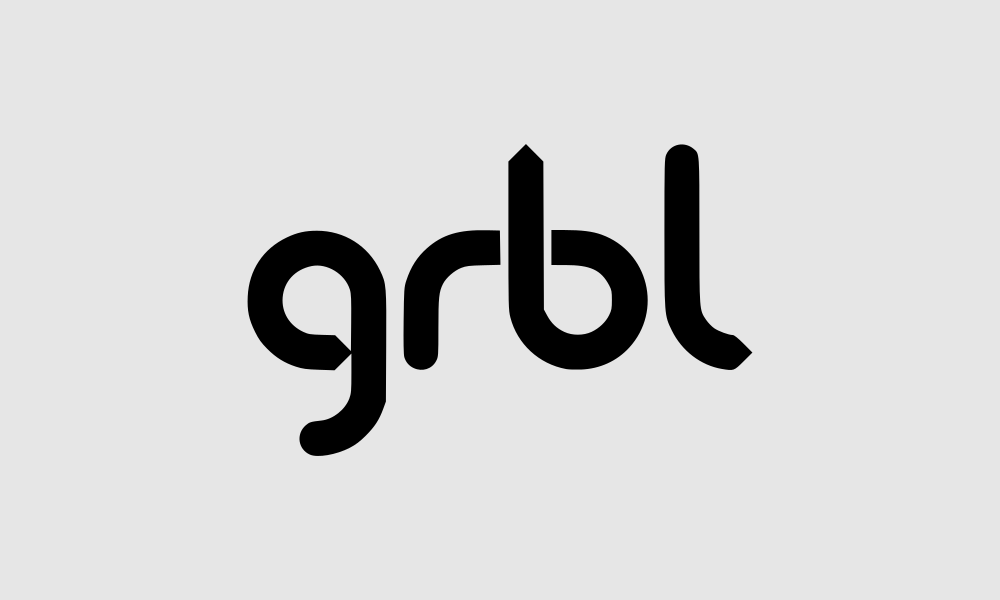& Construction

Integrated BIM tools, including Revit, AutoCAD, and Civil 3D
& Manufacturing

Professional CAD/CAM tools built on Inventor and AutoCAD
3 min read
In this post, we are going to explain how to get Fusion 360 running with a Grbl post-processor.

If you have spent much time with desktop CNC machines, you have probably run across the term Grbl. What is it exactly? How is it pronounced? And most importantly, where do I find the post?
Grbl is software that converts g-code to motions on a CNC machine. It runs on an Arduino or similar development board. G-code is the instructions that tell the machine what to do. The Arduino receives these instructions line by line via USB from a g-code sender. The g-code sender also serves as the human machine interface (HMI) and runs on a laptop, computer, or Raspberry Pi. Fusion 360 generates the g-code, which you can then load into the g-code sender.

To review, Fusion 360 generates the g-code from the model you want to cut. The g-code sender sends that g-code to the Arduino and acts as the human-machine interface (HMI). Then the Arduino running Grbl software converts that g-code to motions on your machine.
Grbl development began in 2009 under Simen Svale Skogsrud, and Sonny Jeon continued the work in 2011. The software is open source and has a large community of developers and users. Consequently, many companies utilize Grbl for their CNC machines, including Inventables, Carbide 3D, and Openbuilds. You can use it to automate all different types of machines, from hot wire foam cutters to 3D printers. Additionally, Grbl has forked into various other projects like TinyG, which is a conversation in and of itself. Grbl continues to be a vital catalyst for desktop CNC; hence, the noteworthiness of Sonny and Simen’s contribution.
According to Simen, Grbl is named after the animal, gerbil, because it is small and does one thing very well. However, some pronounce it “garble,” with others using a hard g as in “girl” in place of the soft g in “gerbil.” It probably doesn’t matter too much how you say it, as long as your machine is working hard for you.
For those who don’t know, a post-processor (post) converts toolpaths from CAM software into g-code. While there are standards for g-code, most machines only follow them roughly. This means selecting the correct post processor, and its settings are essential. Fortunately, the Grbl g-code follows the LinuxCNC g-code specification and is relatively simple. It should be noted that not all LinuxCNC commands are implemented in Grbl. Furthermore, depending on the g code sender, the implementation of Grbl, and the machine type, your CNC setup may have special g-code requirements. Be sure to select the correct post processor for your setup.

The Grbl post processor can be downloaded from the Fusion 360 post processor library (accessible at this link). Generally speaking, the Grbl post processor, or one of its branded counterparts, should work fine. Although, you should be vigilant whenever sending new code to your machine. If you do have special g-code requirements, search for a post for your specific setup. For more information on finding the right post, you can visit this link.
You may also be looking for a g-code sender or CNC machine. There are a variety of g-code senders to choose from. Your machine manufacturer may provide one, some are for purchase, and others can be downloaded for free. As for Grbl machines, it seems like a new one hits the market every few weeks. A little research will go a long way to finding the right CNC machine for you.
Fusion 360 is the perfect complement to your Grbl machine. It is affordable, easy to use, flexible, well documented, powerful, and will get the job done.

By clicking subscribe, I agree to receive the Fusion newsletter and acknowledge the Autodesk Privacy Statement.
Success!
May we collect and use your data?
Learn more about the Third Party Services we use and our Privacy Statement.May we collect and use your data to tailor your experience?
Explore the benefits of a customized experience by managing your privacy settings for this site or visit our Privacy Statement to learn more about your options.